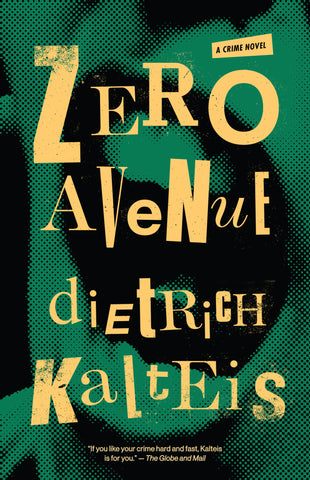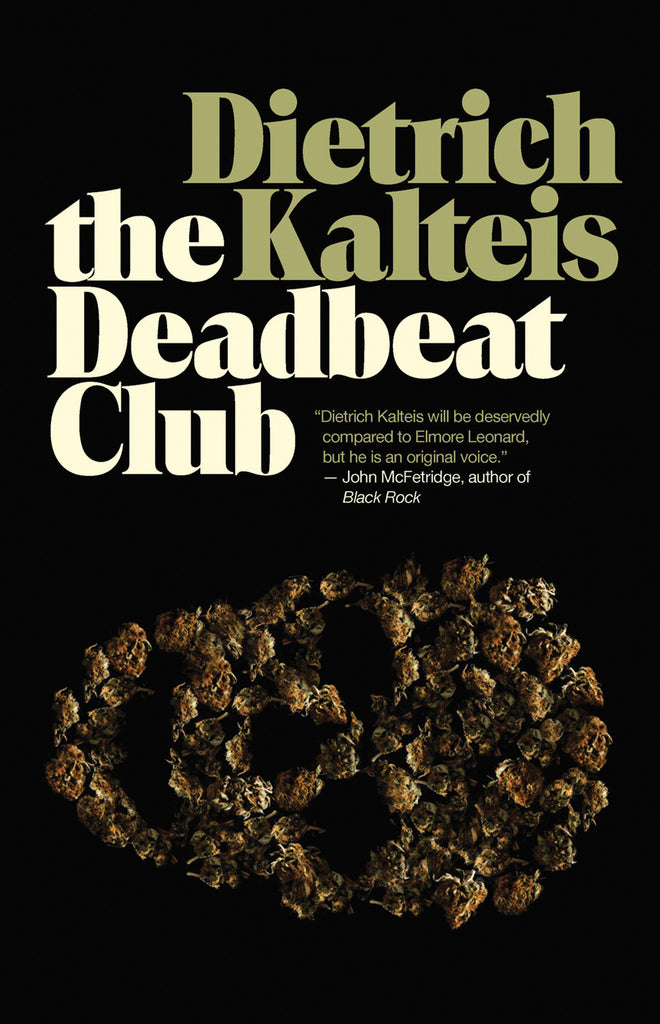Not "where" do you get your ideas, but HOW? Do they come to you as images? Memories? Overheard conversations?
by Dietrich
There’s no single way — ideas come from images or memories, and sometimes they come from eavesdropping on conversations.
My novel Zero Avenue began with a single scene in mind: a young woman with an electric guitar slung over her shoulder, standing in the dim light of Vancouver’s punk scene in the late ’70s. I put myself back in that time and dusted off the old Ramones albums and got into the spirit. I didn’t know the character’s name yet, Frankie del Rey came later, but I pictured her, and I knew she had a story to tell. From there, it was a matter of asking the right questions: Who is she? What’s she running from? What does she want? The rest just grew around that opening scene.
It’s doesn’t always start with a character. Sometimes it’s a place or a moment. In Call Down the Thunder, I pictured a lone figure splitting firewood in a dusty Kansas yard during the Dirty Thirties. Looming in the background was a sky heavy with an approaching dust storm. I felt that sense of doom and isolation as I started writing, and Sonny and Clara, the couple at the heart of that story, emerged from that single frame. Images like that make great starting blocks —they’re vivid, sensory, and they start me writing.
Imagination is the engine, and sometimes a news article or something online sparks it. The narco sub scene in Triggerfish came that way. I read about these subs built in secret jungle locations, loaded with cocaine and moving underwater and undetected up the coast from Mexico. I pictured a couple on a pleasure boat making out, a nice quiet evening in a West Coast cove with nobody else around. They’re just getting into the wine and making out when up pops the telescope of the narco sub, bringing its load into Canadian waters.
Memories can play a role, although I don’t write about my life in any literal sense, sometimes fragments of it can sneak into the picture. And I’ve known interesting people who I’ve based loosely characters on. A mix of fact and fiction and I come up with imaginary folk who live on the edge, some who bend the rules, and especially the ones who live to break them.
Certain impressions stick with me too. Back when pot was still illegal in Canada, I read something about the billion-dollar weed industry here in British Columbia. It reminded me of a true story I once heard about a guy who robbed a pot field and got chased off by the farmer blasting a shotgun, the guy getting away with nothing but a backside of rock salt. As well as inspiring a scene for The Deadbeat Club, it gave me insight into the why behind it, the human impulse that makes someone take a dumb risk.
Then there’s eavesdropping — okay, I admit I’m not above leaning a little closer to catch something juicy I can use. There’s raw honesty in the way people speak to each other, especially when they think no one’s listening. Dialogue often starts from fragments like that. It gets polished and handed to characters and they make it their own.
Beyond images, memories, and overheard scraps, there’s something else: the “what if.” It can come from something small like a headline, a random fact or a fleeting thought — just an idea that grows. It’s a game of being curious and twisting facts around into something I can use. “What if” they get away? What if they double down? “What if it all works out?”
So, ideas are a mash-up of images, memories, conversations, and questions that want answers. It’s all fuel for a writer. I collect the bits and pieces and look for ways to click them into place. It starts with a simple idea for a scene. I drop in the characters and let them figure it out, allowing the story to flow scene by scene, letting it build and seeing where it leads.



2 comments:
Eaves dropping is definitely a legit writer technique. In fact, the coffee you drink while you do it should be tax deductible!
Thanks for the tip, Poppy. I'm just working on my income tax return now …
Post a Comment